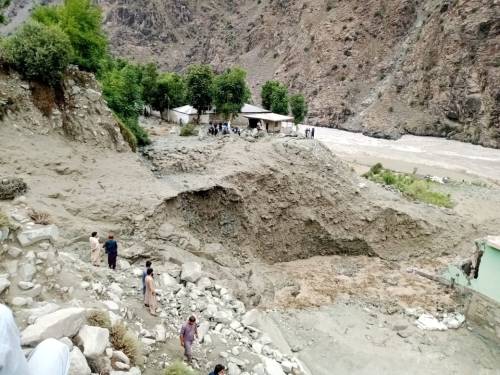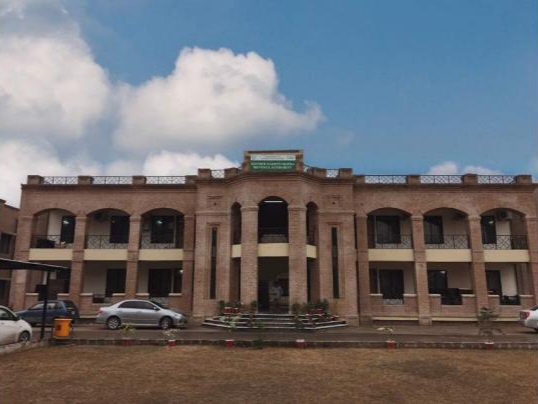Latest Escalation: Missile Strikes and Drone Warfare
India launched missile strikes on multiple locations in Pakistan and Pakistan-administered Kashmir on Wednesday, killing at least 26 people, including a three-year-old child. India claimed the attacks targeted “terrorist infrastructure” in retaliation for the April 22 Pahalgam attack, where gunmen killed 25 tourists in Indian-administered Kashmir. Pakistan denied involvement and retaliated by shooting down five Indian fighter jets and intercepting 25 Israeli-made Harop drones used in subsequent strikes.
Pakistan’s military confirmed civilian casualties, including a drone strike in Miano, Sindh, that killed one person. Meanwhile, Indian-administered Kashmir reported at least 10 civilian deaths from Pakistani shelling.
Why Are India and Pakistan Fighting?
The conflict traces back to the 1947 partition, with Kashmir remaining a disputed territory. Both nations claim the region and have fought four wars over it. Recent tensions flared after the Pahalgam attack, which India blamed on Pakistan-based militants—a claim Islamabad denies.
-
2019 Flashpoint: After a suicide bombing killed 40 Indian soldiers, India conducted airstrikes in Balakot, Pakistan—the first such attack since 1971.
-
2024 Escalation: India’s strikes on Punjab mark the first major attack on Pakistan’s heartland since the 1971 war, raising fears of uncontrolled escalation.
Military Comparison: India vs. Pakistan
-
India:
-
4th strongest military globally (Global Firepower 2025).
-
$86B defense budget (2.3% of GDP).
-
5.1M personnel, 2,229 aircraft, 3,151 tanks.
-
Nuclear arsenal: 180 warheads, “no first use” policy (under review).
-
-
Pakistan:
-
12th strongest military.
-
$10.2B defense budget (2.7% of GDP).
-
1.7M personnel, 1,399 aircraft, 1,839 tanks.
-
Nuclear arsenal: 170 warheads, no “no first use” policy, relies on tactical nukes to counter India’s conventional superiority.
-
The Nuclear Threat
Experts warn even a limited nuclear exchange could kill 20 million people within days. While India historically restrained its nuclear posture, Pakistan’s refusal to adopt a “no first use” doctrine heightens risks. Both nations are rapidly modernizing arsenals:
-
India: Developing ship/submarine-launched missiles with Russia.
-
Pakistan: Expanding missile range with Chinese assistance.
Global Arms Suppliers Fueling the Conflict
-
India’s top suppliers: Russia, France, Israel, and the U.S. (shift from Russia post-Ukraine war).
-
Pakistan’s imports surged 61% (2020–24): Combat aircraft and warships, mostly from China.
What Happens Next?
-
Domestic Pressures:
-
India: PM Modi faces declining popularity; military action boosts nationalist sentiment.
-
Pakistan: Military seeks to justify its dominance amid economic crises.
-
-
Diplomatic Deadlock: No bilateral crisis mechanisms exist. U.S. influence has waned, reducing chances of mediation.
With both sides refusing to back down, the world watches nervously as two nuclear powers edge closer to a conflict with catastrophic consequences.
Also read: Pakistan shoots down 25 Indian drones amid escalating tensions





